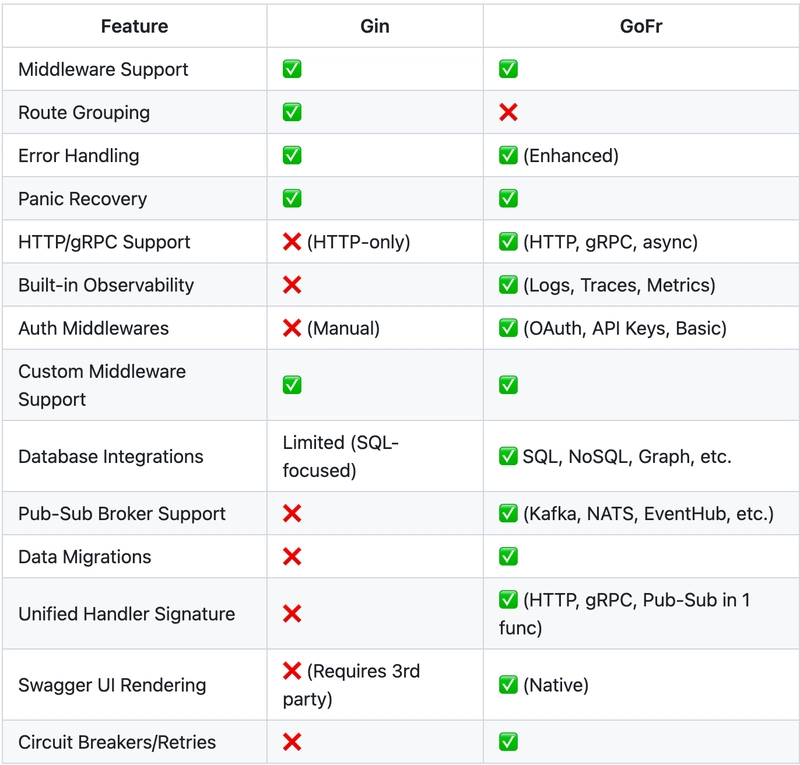Is Switching from Gin to GoFr in 2025 Worth It?
In 2025, a single microservice might rely on 12+ dependencies - from tracing tools to circuit breakers - just to meet production standards. Frameworks that force developers to write glue code are no longer assets; they're liabilities. Gin served us well. For years, it was the go-to framework for lightweight APIs. But as microservices evolved, so did their demands: distributed tracing, multi-protocol communication, and polyglot data layers are now non-negotiable. GoFr isn't just another framework - it's a productivity multiplier. Built for the cloud-native era, it replaces weeks of boilerplate with conventions that let developers focus on what matters: business logic, not glue code. Let's explore why 2025 is the year to make the switch. Introduction: The Evolution of Microservices and the Need for Modern Tooling "In 2014, when Gin was born, microservices were a budding concept. Fast forward to 2025: distributed systems dominate, and developers need frameworks that do more than just route requests." The tech landscape has shifted dramatically. Cloud-native apps now demand observability, resilience, and polyglot data storage. Teams juggle Kubernetes clusters, event-driven architectures, and global user bases. While Gin served as a trusty sidekick for REST APIs, modern microservices require frameworks built for scale, complexity, and developer agility. Trends Driving Change: Observability: Debugging distributed systems without built-in tracing is like navigating a maze blindfolded. Observability isn't optional - it's the oxygen for distributed systems. Resilience: Resilience patterns (retries, timeouts, circuit breakers) are survival tools, not academic concepts. Database Diversity: Teams mix SQL, NoSQL, and real-time brokers (Kafka, NATS) to meet dynamic needs. So, the question arises: The question isn't "Does Gin work?" - it's "Can your team afford to maintain a framework stuck in 2014?" Can older frameworks like Gin keep up, or is it time to embrace modern alternatives like GoFr? Gin's Legacy: A Worthy Warrior of Its Time Let's give credit where it's due. Gin revolutionized Go web development in the 2010s. Its minimalist design and blazing performance made it the gold standard for APIs like this: // Simple REST API in Gin r := gin.Default() r.GET("/status", func(c *gin.Context) { c.JSON(200, gin.H{"status": "ok"}) }) For monoliths or small services, Gin remains a solid choice. But microservices in 2025 aren't just APIs - they're distributed systems. When your service needs to: Trace a request across 5+ services, Retry failed gRPC calls to a flaky inventory database, Authenticate users via OAuth while streaming Kafka events, …Gin's simplicity becomes a bottleneck. You're not just routing requests anymore - you're orchestrating ecosystems. GoFr: The Opinionated Framework for Modern Microservices While Gin has earned its stripes over the years as a lightweight, high‑performance router, GoFr takes microservice development to the next level. Born out of the need for robust, cloud‑native solutions, GoFr is an opinionated framework designed specifically for the modern distributed systems era. It streamlines development by integrating essential features like built‑in observability, resilient inter‑service communication, extensive middleware support, and multi‑database connectivity - all under one roof. With features like auto‑injected trace IDs, unified error handling, and built‑in support for various data stores and messaging protocols, GoFr is more than just a framework - it's a full‑stack solution that empowers your team to build, deploy, and scale microservices with confidence. The Result? Teams ship features 2x faster, debug outages in minutes (not hours), and onboard new hires in days. Features that make GoFr stand out: Built-In Observability: No more stitching together Prometheus, Jaeger, and Zap. GoFr auto-injects trace IDs, logs structured data, and exposes metrics out of the box. Out‑of‑the‑box logging, tracing, and metrics collection mean you won't have to juggle multiple third‑party tools. In today's distributed systems, having native observability is essential for rapid troubleshooting and maintaining service reliability. Robust Middleware and Authentication Support: Security isn't an afterthought with GoFr. GoFr comes with built‑in support for a variety of authentication mechanisms - including Basic Auth, API-key, and OAuth - plus a flexible middleware system. This integrated approach ensures that security and request handling are consistent across your microservices, reducing both development overhead and potential integration issues. Multi‑Database Support & Data Migrations: Modern applications often interact with multiple data sources. From SQL and MongoDB to Cassandra and Dgraph, GoFr's extensive database support means you can choose the right data store for your application's needs without worryin
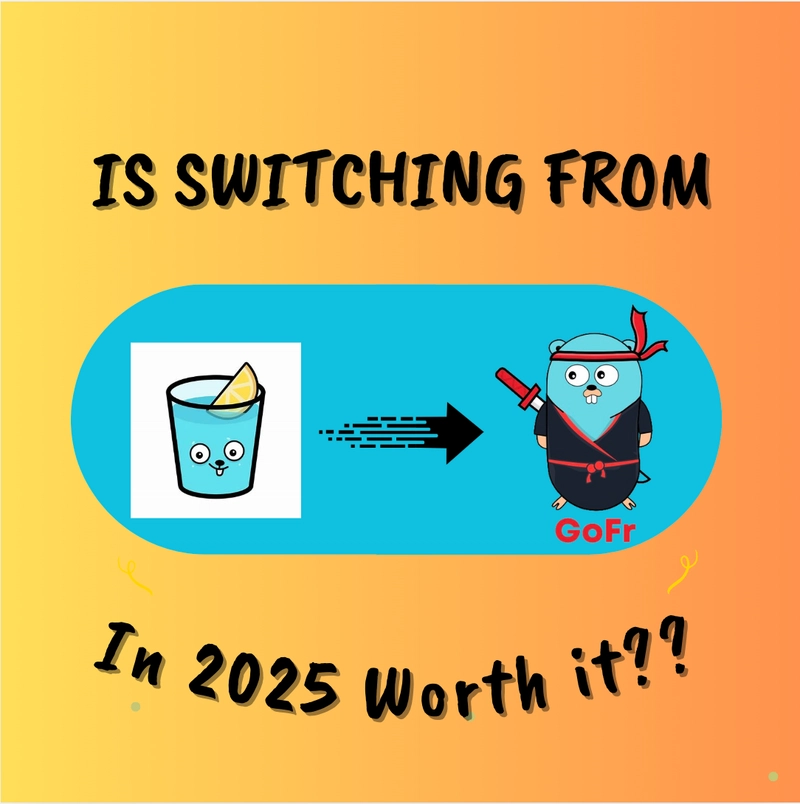
In 2025, a single microservice might rely on 12+ dependencies - from tracing tools to circuit breakers - just to meet production standards. Frameworks that force developers to write glue code are no longer assets; they're liabilities.
Gin served us well. For years, it was the go-to framework for lightweight APIs. But as microservices evolved, so did their demands: distributed tracing, multi-protocol communication, and polyglot data layers are now non-negotiable.
GoFr isn't just another framework - it's a productivity multiplier. Built for the cloud-native era, it replaces weeks of boilerplate with conventions that let developers focus on what matters: business logic, not glue code. Let's explore why 2025 is the year to make the switch.
Introduction: The Evolution of Microservices and the Need for Modern Tooling
"In 2014, when Gin was born, microservices were a budding concept. Fast forward to 2025: distributed systems dominate, and developers need frameworks that do more than just route requests."
The tech landscape has shifted dramatically. Cloud-native apps now demand observability, resilience, and polyglot data storage. Teams juggle Kubernetes clusters, event-driven architectures, and global user bases. While Gin served as a trusty sidekick for REST APIs, modern microservices require frameworks built for scale, complexity, and developer agility.
Trends Driving Change:
Observability: Debugging distributed systems without built-in tracing is like navigating a maze blindfolded. Observability isn't optional - it's the oxygen for distributed systems.
Resilience: Resilience patterns (retries, timeouts, circuit breakers) are survival tools, not academic concepts.
Database Diversity: Teams mix SQL, NoSQL, and real-time brokers (Kafka, NATS) to meet dynamic needs.
So, the question arises: The question isn't "Does Gin work?" - it's "Can your team afford to maintain a framework stuck in 2014?" Can older frameworks like Gin keep up, or is it time to embrace modern alternatives like GoFr?
Gin's Legacy: A Worthy Warrior of Its Time
Let's give credit where it's due. Gin revolutionized Go web development in the 2010s. Its minimalist design and blazing performance made it the gold standard for APIs like this:
// Simple REST API in Gin
r := gin.Default()
r.GET("/status", func(c *gin.Context) {
c.JSON(200, gin.H{"status": "ok"})
})
For monoliths or small services, Gin remains a solid choice. But microservices in 2025 aren't just APIs - they're distributed systems. When your service needs to:
- Trace a request across 5+ services,
- Retry failed gRPC calls to a flaky inventory database,
- Authenticate users via OAuth while streaming Kafka events,
…Gin's simplicity becomes a bottleneck. You're not just routing requests anymore - you're orchestrating ecosystems.
GoFr: The Opinionated Framework for Modern Microservices
While Gin has earned its stripes over the years as a lightweight, high‑performance router, GoFr takes microservice development to the next level. Born out of the need for robust, cloud‑native solutions, GoFr is an opinionated framework designed specifically for the modern distributed systems era. It streamlines development by integrating essential features like built‑in observability, resilient inter‑service communication, extensive middleware support, and multi‑database connectivity - all under one roof.
With features like auto‑injected trace IDs, unified error handling, and built‑in support for various data stores and messaging protocols, GoFr is more than just a framework - it's a full‑stack solution that empowers your team to build, deploy, and scale microservices with confidence.
The Result? Teams ship features 2x faster, debug outages in minutes (not hours), and onboard new hires in days.
Features that make GoFr stand out:
Built-In Observability: No more stitching together Prometheus, Jaeger, and Zap. GoFr auto-injects trace IDs, logs structured data, and exposes metrics out of the box. Out‑of‑the‑box logging, tracing, and metrics collection mean you won't have to juggle multiple third‑party tools. In today's distributed systems, having native observability is essential for rapid troubleshooting and maintaining service reliability.
Robust Middleware and Authentication Support: Security isn't an afterthought with GoFr. GoFr comes with built‑in support for a variety of authentication mechanisms - including Basic Auth, API-key, and OAuth - plus a flexible middleware system. This integrated approach ensures that security and request handling are consistent across your microservices, reducing both development overhead and potential integration issues.
Multi‑Database Support & Data Migrations: Modern applications often interact with multiple data sources. From SQL and MongoDB to Cassandra and Dgraph, GoFr's extensive database support means you can choose the right data store for your application's needs without worrying about compatibility. GoFr also have built‑in data migration tools to simplify schema updates, ensuring that your services can evolve without painful downtime.
Unified Communication Channels: Inter‑service communication is at the heart of microservices. GoFr's seamless inter-service HTTP support combined with features like integrated circuit breakers and failure retry mechanisms - provide a resilient, unified approach to managing network calls.
WebSockets & Pub-Sub Communication Made Easy: GoFr simplifies event-driven architectures by supporting brokers like Kafka, EventHub, Google Pub/Sub, NATS, and MQTT. GoFr also supports websocket communication similarly. Its unified handler signature makes integrating these technologies straightforward.
Active Community & Evolving Standards: While Gin continues to enjoy popularity, GoFr is rapidly gaining momentum with active development, comprehensive documentation, and growing community support. This dynamic ecosystem means you benefit from regular
updates, innovative features, and a network of developers committed to improving microservice development practices. GoFr's active community ships critical patches 2x faster than legacy frameworks.
Other important features like panic recovery and crash handling, graceful shutdown, health-checks , environment based configs etc. make it more featuristic. By integrating many commonly required features into a single framework, GoFr reduces the risk of inconsistencies and lowers the overall maintenance burden. With fewer external dependencies to manage, your deployment processes become simpler, and your codebase remains cleaner over time.
"Spend less time wiring libraries, more time shipping features.".
Why 2025 Demands a Modern Framework Like GoFr
1. Consolidation Over Fragmentation:
Slash Tech Debt: Modern teams are drowning in fragmented tools. A typical Gin microservice requires: a logging library (Zap/Logrus), a tracing tool (OpenTelemetry), a circuit breaker (Hystrix/go-breaker), separate clients for databases (GORM, mongo-go-driver) and brokers (Sarama, NATS).
GoFr's Advantage: Replace 5+ dependencies with a single framework. Less dependency management = fewer version conflicts, faster audits, and unified documentation.
2. Async APIs Are Now Table Stakes:
RESTful endpoints alone can't handle real-time dashboards, WebSocket chats, or event-driven workflows. Gin's HTTP-only model forces developers to:
- Bolt on third-party libraries for WebSockets
- Write custom logic for Kafka/Redis pub-sub
- Maintain separate handlers for async vs. sync
GoFr's Edge: Natively unify HTTP, gRPC, and event-driven logic in one handler. For example:
// Handle HTTP requests AND Kafka events with the same function
app.GET("/order", handleOrder)
app.Subscribe("order-updates", handleOrder)
3. Onboarding Speed Wins Markets:
With engineering talent at a premium, teams can't afford weeks of setup. Gin's minimalist design means:
- New hires spend days wiring logging, auth, and metrics.
- Every project reinvents the wheel for basic features.
GoFr's Solution: Conventions > Configuration.
The Verdict: Gin's Limits vs. GoFr's Horizon
In a rapidly evolving microservice landscape, productivity, consistency, and resilience are paramount. GoFr addresses these needs by offering an opinionated, modern framework that comes packed with integrated tools for observability, security, and inter‑service communication. With comprehensive database support, cloud‑native design, and an active community, GoFr positions itself as a future‑proof alternative to Gin for 2025 and beyond.
Why Switch?
- Eliminate Boilerplate: GoFr's built-in tools replace weeks of wiring third-party libraries.
- Embrace Modern Patterns: Async communication and polyglot persistence are first-class citizens.
- Scale Teams, Not Complexity: Conventions reduce cognitive load for new hires.
"Gin is a framework. GoFr is an ecosystem."
Call to Action
- Try GoFr: GitHub Repository
- Join Developers Community: Discord.
- Do checkout GoFr and it's Github Repo and support it by giving it a ⭐.
Final Word:
"Frameworks should solve today's problems, not yesterday's. In 2025, GoFr isn't just an alternative - it's the logical evolution for teams building cloud-native systems."




























![[Webinar] AI Is Already Inside Your SaaS Stack — Learn How to Prevent the Next Silent Breach](https://blogger.googleusercontent.com/img/b/R29vZ2xl/AVvXsEiOWn65wd33dg2uO99NrtKbpYLfcepwOLidQDMls0HXKlA91k6HURluRA4WXgJRAZldEe1VReMQZyyYt1PgnoAn5JPpILsWlXIzmrBSs_TBoyPwO7hZrWouBg2-O3mdeoeSGY-l9_bsZB7vbpKjTSvG93zNytjxgTaMPqo9iq9Z5pGa05CJOs9uXpwHFT4/s1600/ai-cyber.jpg?#)














































































































































![[The AI Show Episode 144]: ChatGPT’s New Memory, Shopify CEO’s Leaked “AI First” Memo, Google Cloud Next Releases, o3 and o4-mini Coming Soon & Llama 4’s Rocky Launch](https://www.marketingaiinstitute.com/hubfs/ep%20144%20cover.png)
















































































































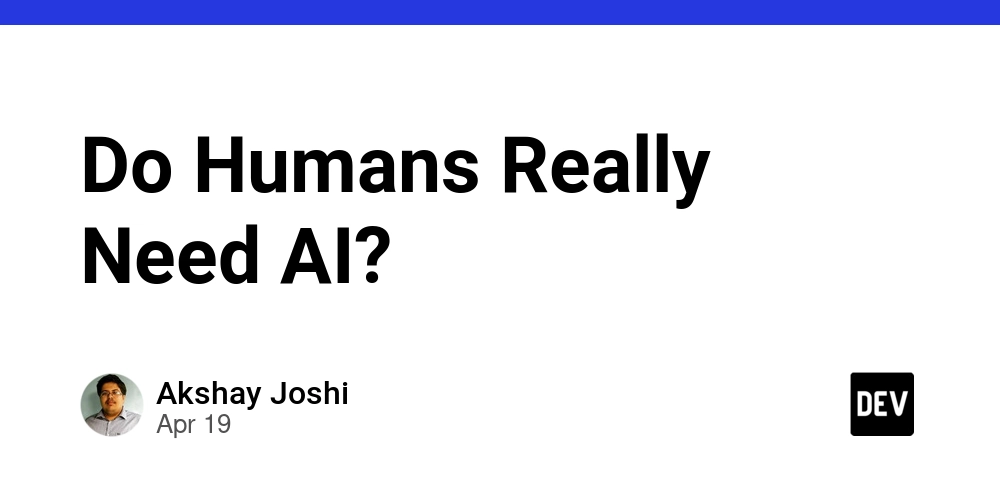
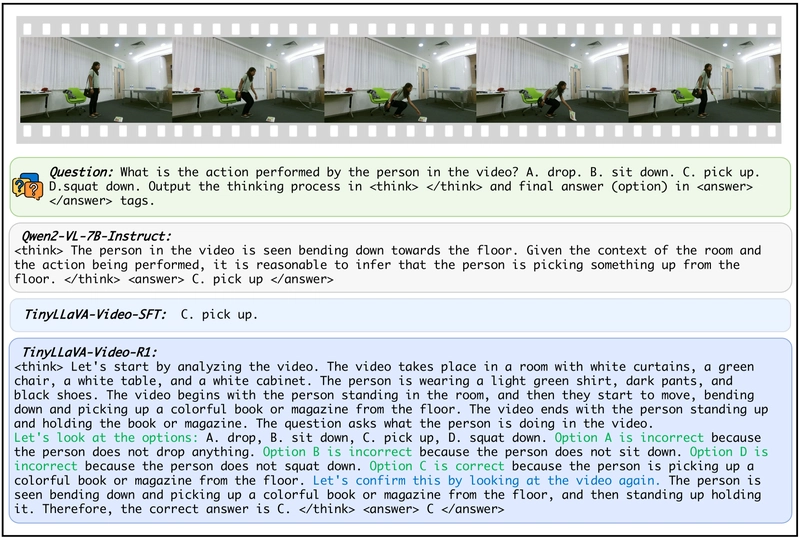
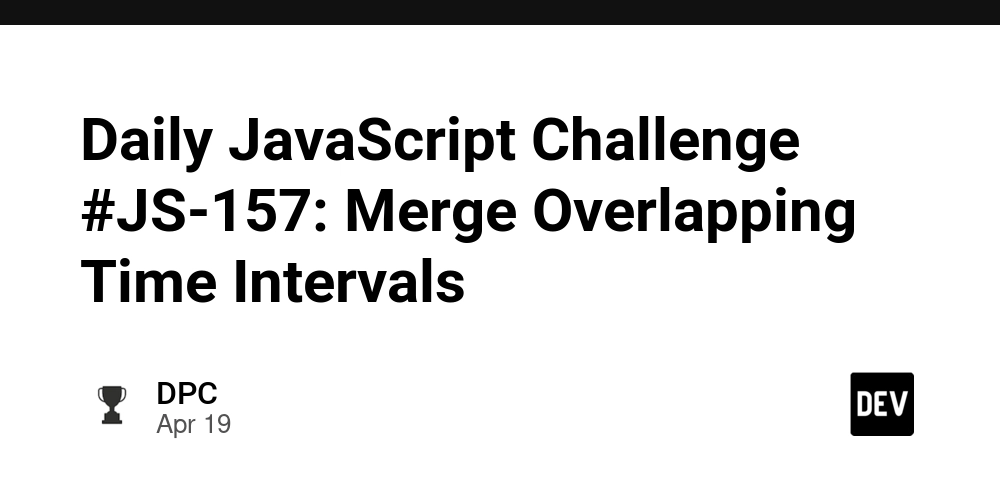

















































































![Rogue Company Elite tier list of best characters [April 2025]](https://media.pocketgamer.com/artwork/na-33136-1657102075/rogue-company-ios-android-tier-cover.jpg?#)






































































_Andreas_Prott_Alamy.jpg?width=1280&auto=webp&quality=80&disable=upscale#)




























































































![What’s new in Android’s April 2025 Google System Updates [U: 4/18]](https://i0.wp.com/9to5google.com/wp-content/uploads/sites/4/2025/01/google-play-services-3.jpg?resize=1200%2C628&quality=82&strip=all&ssl=1)










![Apple Watch Series 10 Back On Sale for $299! [Lowest Price Ever]](https://www.iclarified.com/images/news/96657/96657/96657-640.jpg)
![EU Postpones Apple App Store Fines Amid Tariff Negotiations [Report]](https://www.iclarified.com/images/news/97068/97068/97068-640.jpg)
![Apple Slips to Fifth in China's Smartphone Market with 9% Decline [Report]](https://www.iclarified.com/images/news/97065/97065/97065-640.jpg)

































































































































